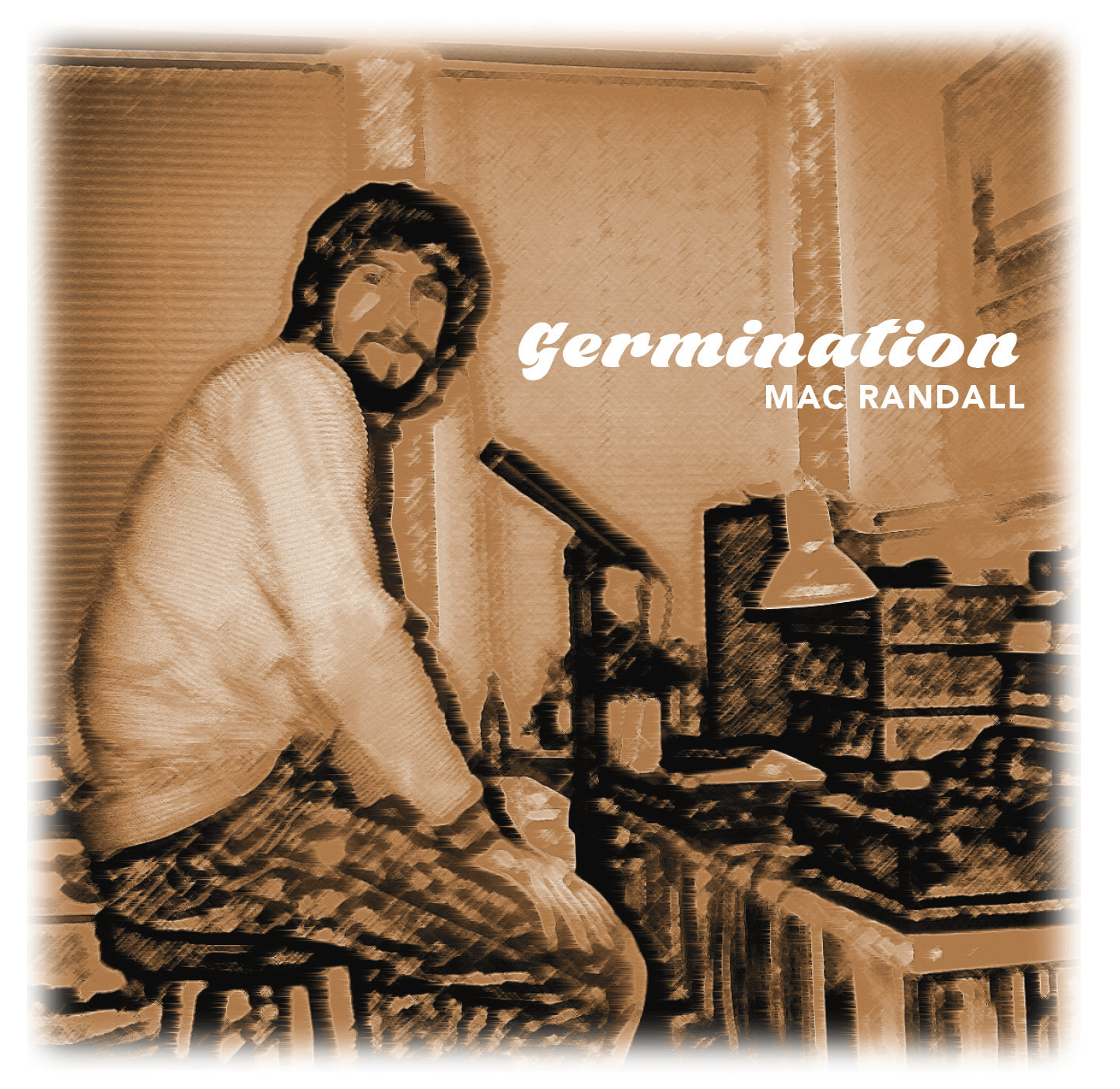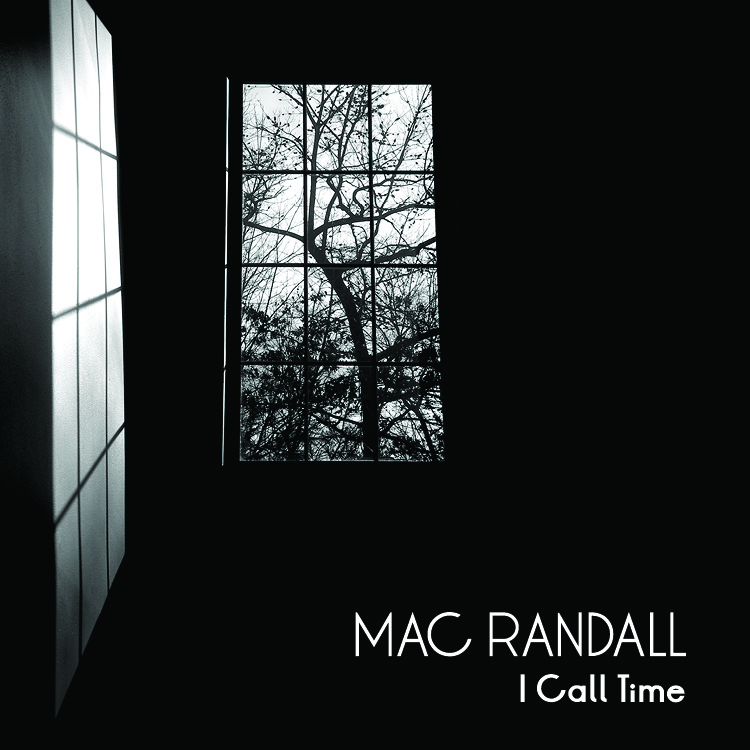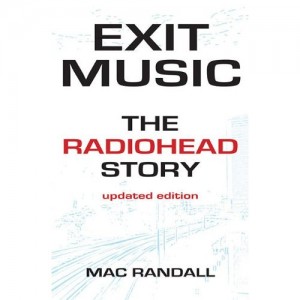Beatles buyers, beware of new reissues
NOTE: This essay has been reposted with corrections and a postscript.
When the Beatles first arrived in America nearly 50 years ago, the representatives of their U.S. record label, Capitol—who couldn’t have cared less about the band a few weeks earlier—suddenly had dollar signs in their eyes. They wanted as much product as they could sell, as quickly as possible, to drain maximum profit from Beatlemania before the craze faded. And so they began reconfiguring the Fabs’ U.K. single and album catalog to fit their own commerce-motivated agenda. This reconfiguration continued for several years, resulting in bizarre hodgepodge collections like The Beatles’ Second Album, Something New, Beatles VI, and Yesterday…and Today that bore little resemblance in their packaging, running order, or (sometimes) even sound quality to anything available in the Beatles’ native country.
Of course, these albums weren’t bizarre at all to the millions of people who bought and cherished them. For most American listeners from 1964 to the late ’80s (including me), they were the real thing, our proper introduction to the magicians of the Mersey. It was something of a shock, then, when the Beatles’ U.S. albums were taken out of circulation after EMI decided to remaster only the U.K. versions for CD in 1987. Yes, the English albums were better in many respects, but they weren’t what we’d grown up hearing. And so a bunch of discontinued, illogical, often crappy-sounding records gradually became a source of wistfulness in fans of a certain age.
Now, in recognition of that long-held nostalgia, and in honor of the 50th anniversary of that first fateful touchdown at JFK, all the U.S. albums have been released in digital form at last, in a boxed set called The U.S. Albums and as 12 separate releases. Or at least that’s what Capitol, Apple, and their parent organizations want you to believe. The truth is something else again. Based on the track snippets I’ve heard via iTunes, I have come to the conclusion that this seeming bonanza for veteran Beatlemaniacs is in fact a boondoggle, a hornswoggle, and whatever other picturesque word for scam you might care to use.
Before I explain why this is, a few words more about the differences between the British and American Beatles albums may be helpful. U.K. albums generally contained 14 songs and rarely included either the A or B sides of singles. The reasoning behind this was that fans deserved more value for their money and shouldn’t have to pay for the same songs twice. (This kind of reasoning has since become rare in the music industry.) By contrast, a U.S. Beatles album never contained more than 12 songs and always featured singles. Tracks that were cut from albums to make room for singles would wind up on other albums, and sometimes were themselves issued as singles. For example, “Eight Days a Week,” “Yesterday,” and “Nowhere Man” were only album tracks in England, appearing on Beatles for Sale, Help!, and Rubber Soul, respectively. In the U.S., they were all single A-sides and highlights of Beatles VI and Yesterday…and Today. The result of all this rejiggering: As of August 1966, 10 Beatles albums and 20 Beatles singles had been released by Capitol, as opposed to seven Beatles albums and 13 Beatles singles on the band’s British label, Parlophone. More product, more sales.
The man in charge of this product was the infamous Capitol exec Dave Dexter, Jr. He didn’t much care for the Beatles’ music; in fact, he’d repeatedly rejected their work for American release in the pre-“I Want to Hold Your Hand” days. Now he was under orders to put it out, and in his haste to issue new material, he frequently cut corners. Often true stereo mixes of certain tracks weren’t available at short notice, and so Dexter would have the mono versions remixed, putting the high frequencies in one stereo channel and the lows in the other, then masking the trickery with a hefty dose of cavernous reverb. This was called “duophonic” sound. It was appalling. And yet, even after much careful study and many A-B comparisons, one must concede that “I Feel Fine” and “She’s a Woman” are way more exciting with cavernous reverb.
After a while, the Beatles themselves got fed up with Dexter’s dickering. When asked to provide a cover for another one of his hack jobs, 1966’s Yesterday…and Today, they offered a picture for which they had posed in white smocks, surrounded by raw meat and limbless baby dolls. It seemed to send a not-so-subtle message: Capitol’s records were artistic butchery. (Photographer David Whitaker later said the shoot was simply an exercise in surrealism and had no bearing on the band’s relationship with its label, but the fact remains: That’s the shot they sent when Capitol came calling.) Amazingly, this cover almost made it to market before a more anodyne substitute was hastily pasted over the offending image. Dexter was eventually demoted at Capitol; he further distinguished himself many years later by writing unkind things about John Lennon in a 1980 Billboard article shortly after Lennon’s murder.
Which brings us back to the new reissues under consideration. To reiterate, the original U.S. albums didn’t offer good value for money and were often sonically reprehensible. So why are we celebrating them again? Pure nostalgia. The people who would be interested in this set want to recreate the experience they had of first listening to this music. And that experience is exactly what The U.S. Albums does not deliver.
On first glance, everything looks wonderful. The albums are beautifully packaged in mini-LP replica sleeves (including a lovely peel-away dual cover for Yesterday…and Today), and the inclusion of both mono and stereo mixes on each disc might lead one to believe that this set is a completist’s dream. But one would be wrong. The U.S. Albums does NOT contain the original Dexterized American mixes with the “duophonic” rechanneling and extra reverb. Instead, they consist predominantly of the 2009 mono and stereo remasters reshuffled into the running order of the old U.S. albums. If you already have those 2009 remasters, you could very nearly do the same job by creating your own playlists. As a sop to the nostalgics, Beatles ’65 does boast extra reverb on “I Feel Fine” and “She’s a Woman,” but it’s not as overwhelming as the original and it’s only on the mono mixes—the stereo versions are dry as a desert, and exactly the same as the stereo tracks that EMI reissued five years ago.
All this is freely admitted in the fine print of The U.S. Albums’ booklet: “In compiling this box set, the decision was made not to remaster from the original Capitol master tapes. While doing so would have been the easiest way to go, it would not have created the best possible listening experience… All the duophonic mixes have been replaced with the approved stereo mixes when available and some mono mixes in the few instances where no true stereo mix exists.” I like that last bit particularly. Here’s what it means in practice: “She Loves You” doesn’t exist in true stereo, so you get two mono mixes of “She Loves You” on The Beatles’ Second Album CD, for the sake of consistency and “the best possible listening experience.” That’s right, you’re paying to hear the same exact track twice on one disc—a track that is itself exactly the same as the one you’ve probably already bought multiple times before.
Most but not all of the true original U.S. mixes can be found on the two Capitol Albums sets that appeared a few years back (and that should become even more coveted as collectors’ items now). The principal exception is Yesterday…and Today, which used slightly different mixes of three Lennon-penned Revolver numbers; the mono versions of those mixes are here, the stereo versions aren’t. Again, not a completist’s dream. So what exactly is the point of these reissues?
It seems to me that someone in a position of authority has misunderstood the Beatles’ audience. For every crazed fan who’ll want to own this set simply because it exists, there are dozens more, maybe hundreds more, who are attracted to it not because they want “the best possible listening experience,” not because they want audio quality that is (let’s admit it) superior in every objective measure to what Capitol originally released, but because they want digital versions of what Capitol originally released. And what they’ve gotten instead is a new mish-mash pretending to be an old mish-mash, a release whose only purpose is to drain maximum profit from Beatles 50 before the anniversary’s over. It’s Dave Dexter, Jr. all over again, except this time the artist approved.
You can argue endlessly about the value of bestowing lavish reissue treatment on product that everyone agrees was substandard in the first place, but one fact is indisputable: Capitol isn’t selling what it says it’s selling. These albums are not the U.S. Beatles albums as we knew them. They are an inaccurate revision of history, presented in an alluring but deceptive manner. And they are not worth your money. Go digitize your old vinyl instead.
POSTSCRIPT: The noted audio obsessivist Steve Hoffman has gone track by track through The U.S. Albums and compiled an online tally of its sources. Assuming that I’m reading his list correctly (and counting properly), the grand total of Beatles tracks on this set that can’t be found anywhere else in an official digital form comes to 21. That’s 21 out of 220. Not a lot of new mixes for over $150. Please also note that those 220 tracks are just the ones that contain music actually played by the Beatles. If you’ve been itching to hear digital versions of the 1964 spoken-word album The Beatles’ Story or the nine instrumental pieces by the George Martin Orchestra from the Help! and A Hard Day’s Night soundtracks—in mono and stereo!—then The U.S. Albums may just be for you. I’ll pass.








This is exactly the box set I’ve been waiting for for five years: US configurations in 2009 sound. I can’t imagine why anyone would pay again for the sound that’s on The Capitol Albums, v.1 and v.2. This is the real deal. Now I don’t have to rely on CDRs.
EMI/Universal is very glad that people like you are out there, Jay. I know that there are a lot of you; my opinion is probably not the general one. And believe me, I can understand this set’s appeal. But personally, I’d rather spend my money (and the box costs a considerable sum) on Beatles recordings that don’t sound exactly the same as the ones I already own–and for that reason, yes, in this case I would have welcomed fake stereo with added reverb, as strange as that may seem. But that wasn’t an option. My solution: I just went on iTunes and paid for the two dozen or so tracks that are actually different mixes from what already was available digitally. For the record, I don’t own the Capitol Albums sets, but I’m happy they exist.